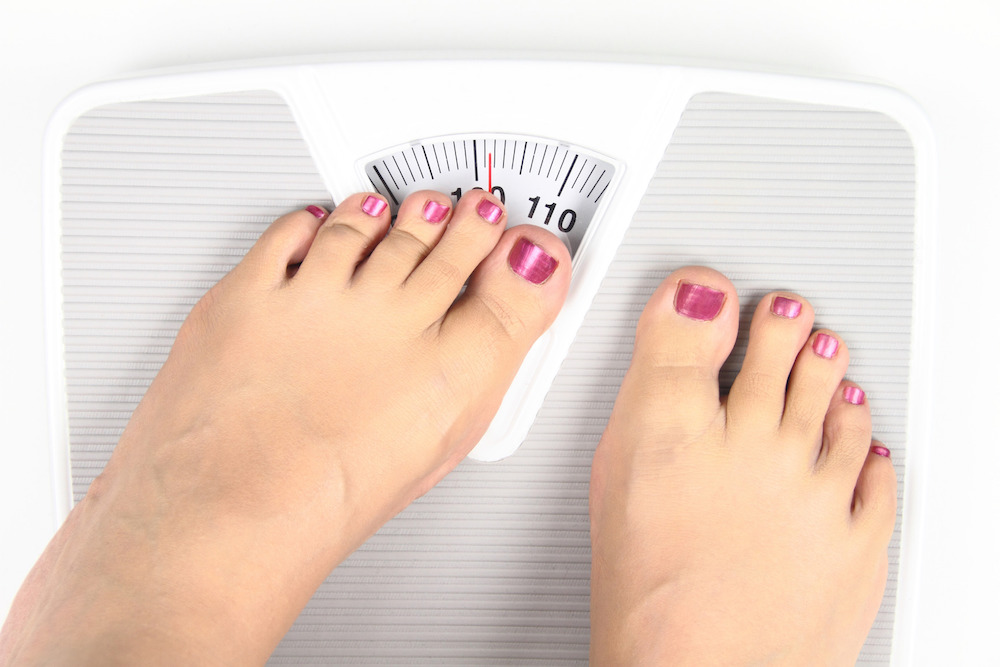Intermittent fasting has recently gained enormous popularity thanks to 21 Day Hero and a massive following among individuals looking to lose weight. The increase in popularity stems from the fact that it is straightforward to stick to and, more importantly, it does not call for one to give up their favourite foods.
That being said, the information regarding this form of weight loss is only starting to trickle out to the masses. The basic principle of this form of weight loss is to have a caloric deficit, thereby enabling your body to naturally shed off the extra weight (and the waistline).
For some, fasting for an extended period of time is a daunting task. For others, it’s no big deal. Luckily though, intermittent fasting as a weight loss concept allows followers to go at their own pace and progress with time. However, keep in mind that it is important to do some research if you are going to be fasting and working out at the same time.
You can ease yourself into it for as long as you find it necessary. This will allow you to acclimatize your body to intermittent fasting. Alternatively, you jump right to the depths of intermittent fasting and explore the mental strength you have in overcoming hunger pangs.
Either way, you need a solid foundation of information on the best fasting schedules that you are sure will yield the right results. Herein we will explore 6 of the most popular intermittent fasting schedules you can try.
#1. 12:12

The 12:12 schedule the most popular schedule with the beginners. It is undoubtedly the easiest intermittent fasting schedule to follow. In fact, you may be following this schedule unknowingly. The timelines under this fasting schedules are simple and flexible enough for anyone to follow.
Under this schedule, you fast for 12 hours of your day and you eat in the remaining 12 hours. Therefore, if you usually eat your breakfast at 7 am in the morning, you should make a point of eating your dinner at 7 pm latest.
Some people find it to start of their fasting endeavour under the 12:12 schedule. They use this schedule to train their minds to follow the program strictly. It is an excellent way to ease you off the after-dinner snack.
#2. 16:8
The 16:8 fasting schedule takes the fasting challenge a notch higher. It a particularly challenging fasting schedule for individuals who are used to eating all the three different including the breakfast lunch and dinner. Under this fasting schedule, you will only have the opportunity to east two meals.
Under this fasting schedule, you will have to fast for 16 hours, which under normal circumstance will include 8 hours of sleep. As such, you will only have to spend 8 house not eating and 8 hours of eating. This takes some time to get used to, usually, 2-3 weeks, if you are a novice.
However, it is not impossible. For instance, if you eat your dinner at 8 pm and sleep for 8 hours from 10 pm, you will have at least 10 hours of fasting easily. After skipping breakfast, you can break your fast at 12 noon, achieving the 16:8 fasting schedule.
Generally, expect some difficulties at first. However, as your body gets used to burning fat already in the body, it gets easier. Just make sure you are well-hydrated all through.
#3. 18:6
You can make even bolder steps in your fasting endeavour with the 18:6 fasting schedule.
There is no lying beating around the bush with the following fasting schedules. You will need incredible mental strength to follow them strictly. Starting with the 18-hour fast period and 6-hour eating schedule.
As such, if you eat your last meal at 8 pm, you will have to wait an additional 2 hours the before eating your first meal as compared to following the 16:8 schedule. Moreover, with the small 6-hours eating window, you just have to enough time to take in 2 large meals. If you are comfortable with it, you can squeeze an additional meal in between.
For many, this a good fasting plan that will get them the results they require. There is no need to go a notch higher, although you can.
#4. 20:4
If you are up for it and you want to test your willpower, mental strength, and mental fortitude, you can take up the 20:4 schedule. However, do note that it is extremely tough and many people, they will find it difficult if not impossible sticking to schedule consistently.
Under this schedule, you only have 4 hours of eating. This is barely enough time to eat two meals. Typically, what people following this schedule will do is to have one big meal and snack the entire remaining period. Typically, you will have your first meal at 4 pm, just when you are about to leave work and start fasting again at 8 pm.
You will need an extreme level of dedication to follow this schedule.

#5. OMAD
OMAD, or one meal a day, is an extreme fasting schedule for the most dedicated intermittent fasting practitioners. It entails consuming just one big meal will all the calories that you will need for that day. After eating that one meal, you will have to wait for another 24 hours before eating again. Following this fasting schedule will not only test your will and mind, but it will also test your spirit.
When you take up this schedule, you will have to plan your meals very carefully. After all, losing weight is about getting and staying healthy. As such, you want to get all the nourishment your body needs.
As such, this means you have to eat anywhere between 1,500 to 1,800 calories in one meal sitting. After such as hefty meal, your body simply shuts down and you feel sleepy. However, come the next morning, you will feel energized and ready to face your day.
You should note that even when following the OMAD schedule, you should not overeat. Try to match your calories needs with your intake.
#6. 5:2 ADF
Alternate Day Fasting, popularly known as ADF, is another popular intermittent fasting schedule. It involves sticking to a regular meal schedule for 5 days. For this 5 regular days, you will eat your regular breakfast and dinner at the typical time. However, for the remaining two days, you need to restrict your calories intake, usually to less than 500 calories per day.
As such, you can live a normal life during the week and only following a strict fasting schedule for two days that are convenient for you. The stop-start nature of the ADF fasting will help you immensely, especially with your metabolism.











